This article is a take on how to “Improving the Fedora boot experience,” which was the subject of an email by Matthias Clasen to a Red Hat developer’s mailing list. In the email, he wrote that he “would love to see F19 make a good first impression.” If you’re new to these parts, “F19” is shorthand for Fedora 19, the next stable edition of Fedora. Matthias particularly wants to see improvements in the “graphical grub screen” and the “gdm login screen.”
Aside from replies to his email, responses have also come from Ryan Lerch and Máirín Duffy. The email replies, the articles by Ryan and Máirín, and the comments in those articles have all been on-topic – “improving the boot experience.”
While I agree that the boot experience needs some tweaking, the problem with Fedora extends beyond the boot and login screens. The overall Fedora experience, not just the boot experience, needs to be improved. You can make the “boot experience” as fancy as can be, but what about the rest of the system? What about users’ experience beyond the boot screen?
Being very familiar with Fedora (I’m writing this from an installation of Fedora 18 KDE on real hardware), here are a few suggestions on how to improve the overall Fedora experience. I know that “being very familiar with Fedora” does not necessarily make me a Fedora guru, but I know just enough to make these suggestions.
1. Consistency: Users booting a computer using the Live edition of the KDE Spin (of Fedora 18) never get to make a stop at the login screen, but those using the Live edition of the main (GNOME 3) edition have to interact briefly with the login screen before using the Live desktop. This is not that big of a deal, but if developers must complain about the “boot experience,” this falls into the same category.
Still on the subject of consistency. In the KDE Spin, Konqueror is the installed Web browser. Now, while Konqueror is a good file browser and has support for many protocols that other applications are not even aware of, as a Web browser, it sucks. I don’t have the stats to back this up, but I’m willing to bet that one of the first tasks users of the KDE Spin do, is install another Web browser. And that Web browser is likely to be Firefox, because it’s already in the default repository. Interestingly, Firefox is the default browser in the GNOME 3 edition of Fedora 18. Is there any good reason why Firefox is the default Web browser in the main edition, but not in the KDE Spin? Fedora developers can improve the out-of-the-box user experience of the KDE Spin by installing Firefox alongside Konqueror.
2. Improve firewall-config: Firewall-config is the graphical interface for managing the firewall application on Fedora 18. It’s a replacement for system-config-firewall. They both share the same shortcomings – setting granular rules for incoming and outgoing traffic is missing or complicated. I think this is more important than “boot experience,” and deserves more attention from its developers.

Just yesterday, I started getting this error message when I launch firewall-config. Retrying does nothing and quitting does not help. It’s my responsibility to file a bug report, but…

Still on the subject of graphical firewall applications, firewall-applet is Fedora’s version of a similar tool on Mandriva and Mandriva’derived distributions. I have it installed on the machine I’m writing this from. The problem is that it is not installed by default. Considering how much it brings to the table (it’s a very nice applet), I wonder why it is not installed by default. Is the code not ready for prime time?

3. Third-party repositories: The user experience of a default installation of Fedora is nothing to brag about. That’s stems mostly from missing helper applications – multimedia codecs and similar applications. They are missing from a default installation and the default repository because of the project’s philosophical stance on shipping proprietary software. As a result, users must add third-party repositories to install the missing applications.
While this is not unique to Fedora, there’s a security risk that comes with adding third-party repositories. Yes, it is possible to install third-party applications using EasyLife, but that just makes it easy to install software from a source that you don’t necessarily trust, or are not in a position to know for sure if the packages have been compromised. So users must have to contend with warning messages like the one shown in the screen shot below. When faced with this option, what’s a new user supposed to do? There has to be a better way of handling these because I thin it is more important than “boot experience.”

Distributions like Mageia and ROSA Linux maintain “tainted” and non-free repositories for such third-party applications that are not in the default or “official” repositories. It comes down to helping your users maintain a secure and user-friendly system versus maintaining a philosophical stance on Free Software. I’m a big proponent of Free Software, but when it comes down to this, I’ll take a secure and user-friendly system, if there are no alternatives.
On Mandriva and distributions based on it, you can perform almost all administrative tasks without ever using a shell terminal. I can’t say the same for Fedora. I’m writing this from a system powered by Fedora 18 KDE and I’ve been using it exclusively for about a month. Compared to the distribution that it replaced – the end-user desktop edition of ROSA Linux, the overall experience could be a whole lot better. I can stand a crappy boot experience, but please, let’s pay more attention to the desktop experience.

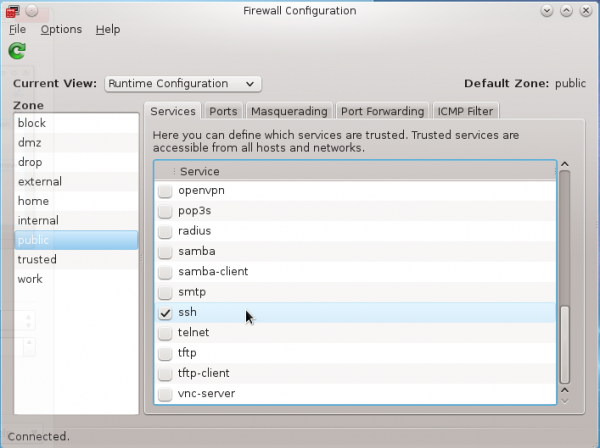
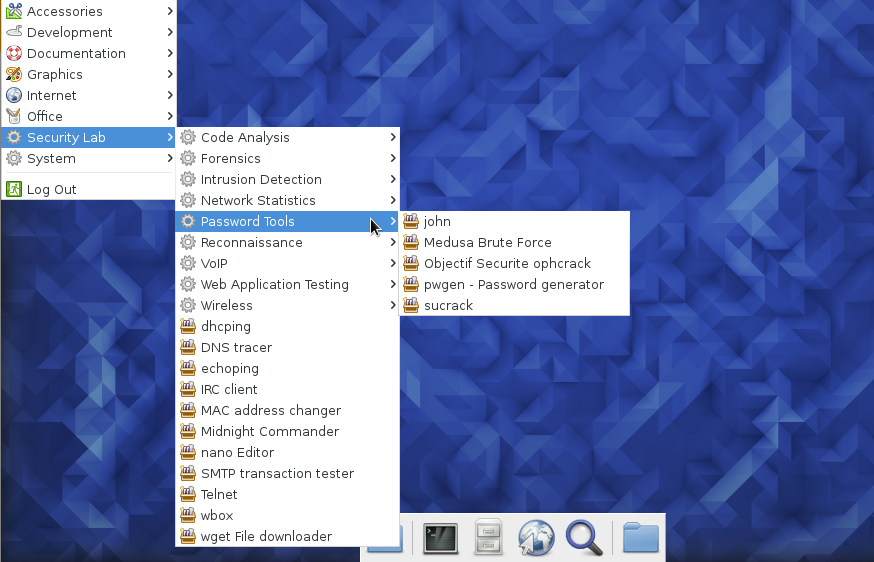
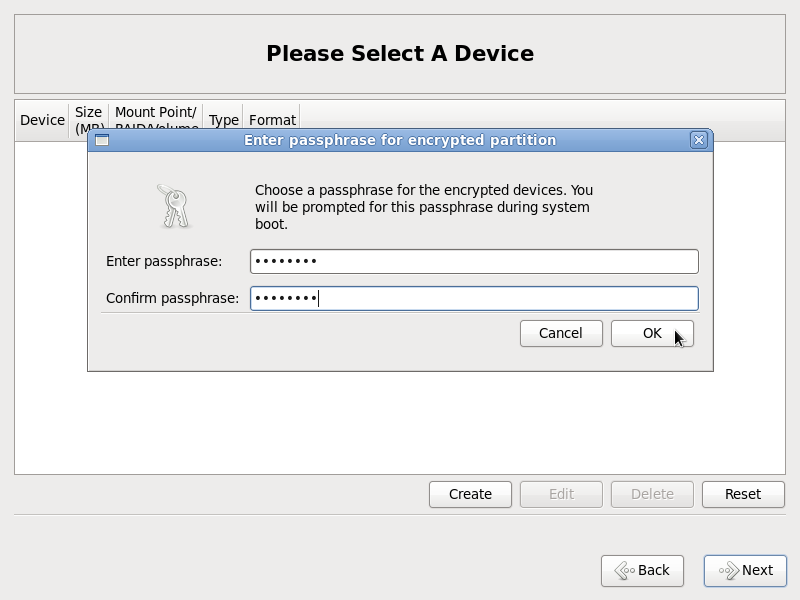
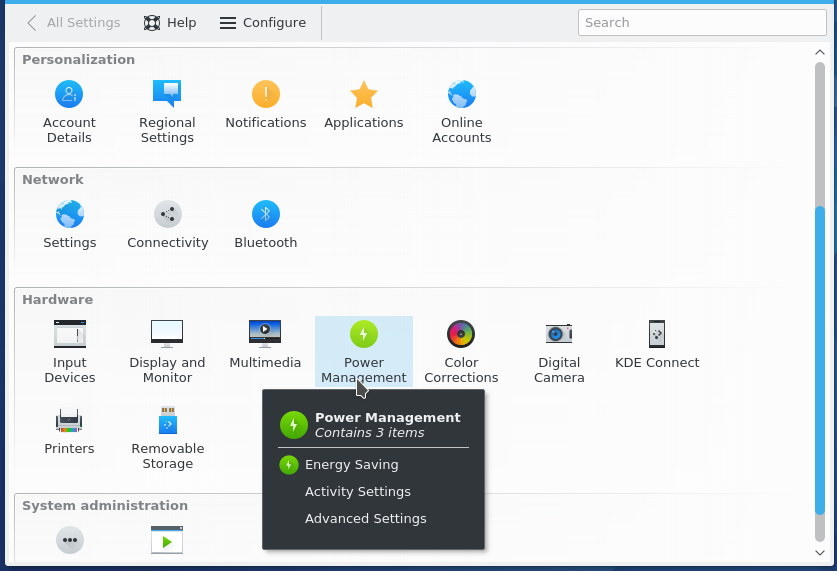
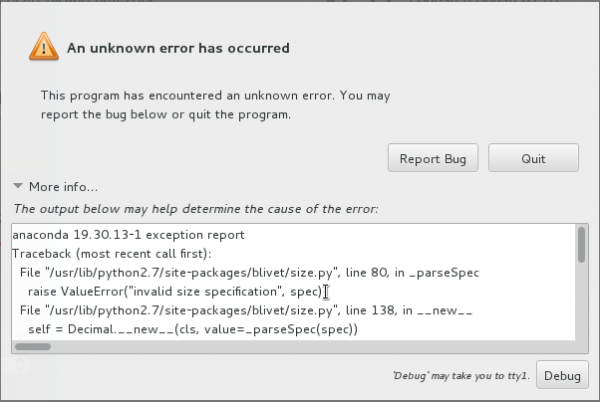


I understand Fedora’s value to Red Hat as a laboratory, and to SysAdmins in RHEL shops to stay up on what’s coming in the future. But for anyone else, I’m not so sure.
If you want bleeding edge, a rolling distro like Sabayon, Manjaro, or Chakra would seem to be a better choice, because you won’t have to re-install again every six months. And if you want stability, a long-term-support version of a distro like Ubuntu (or an Ubuntu derivative), Debian Stable, or Rosa will probably serve you better than Fedora.
Or is there something special about Fedora that I just don’t get?
Actually, nothing. The info is just for those that might want to know. Plus, developers do appreciate feedback.